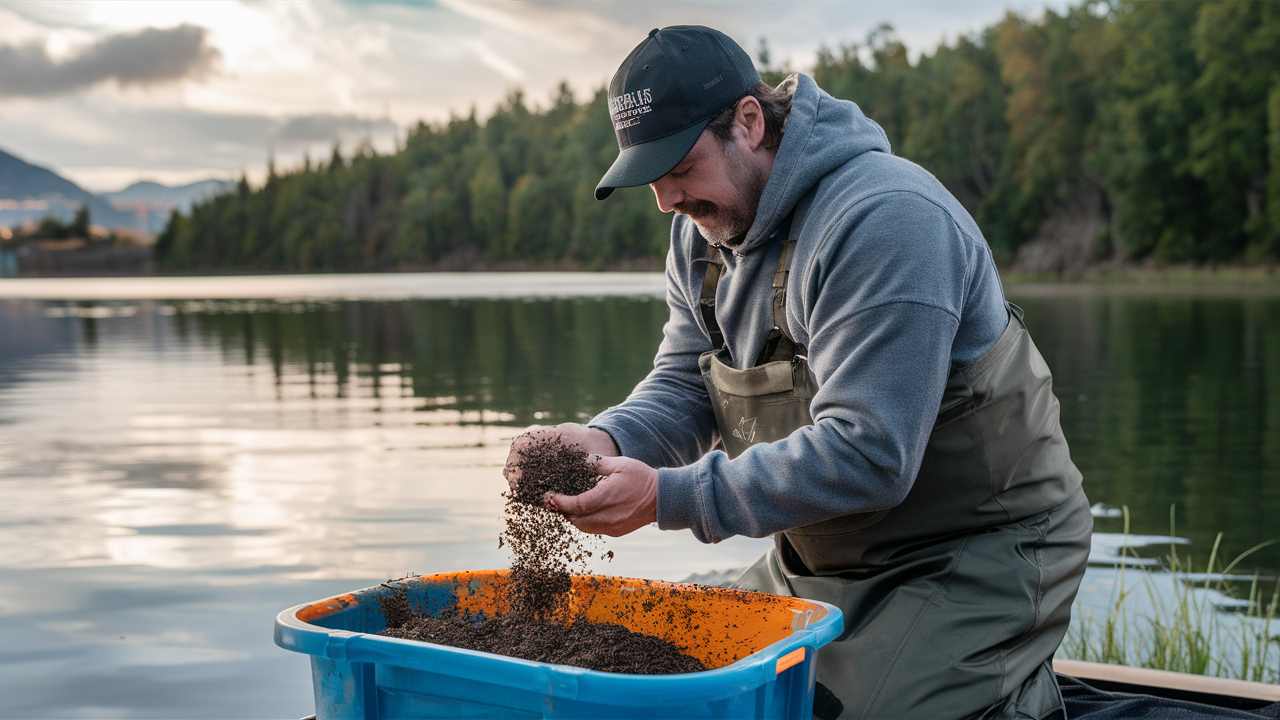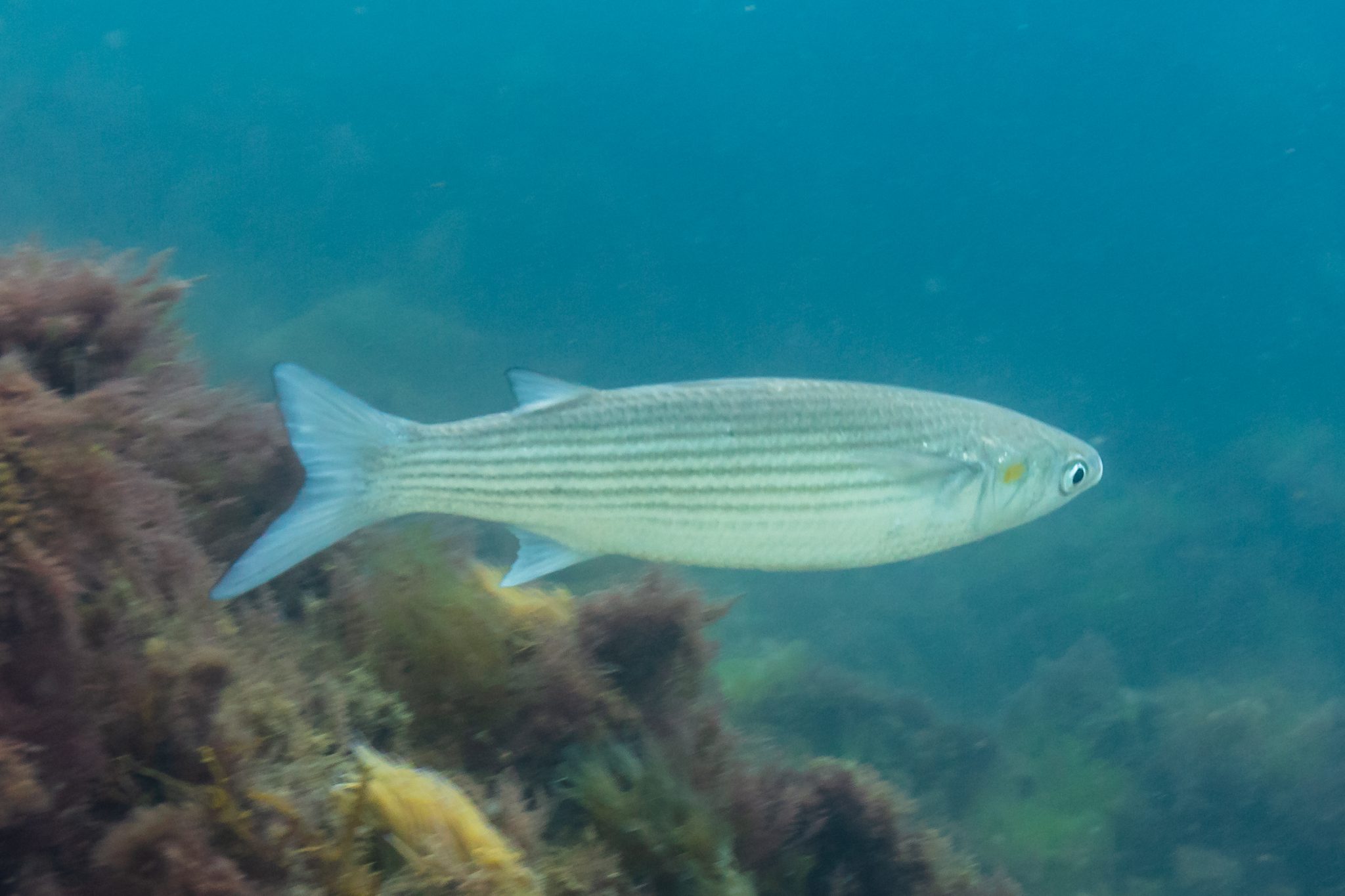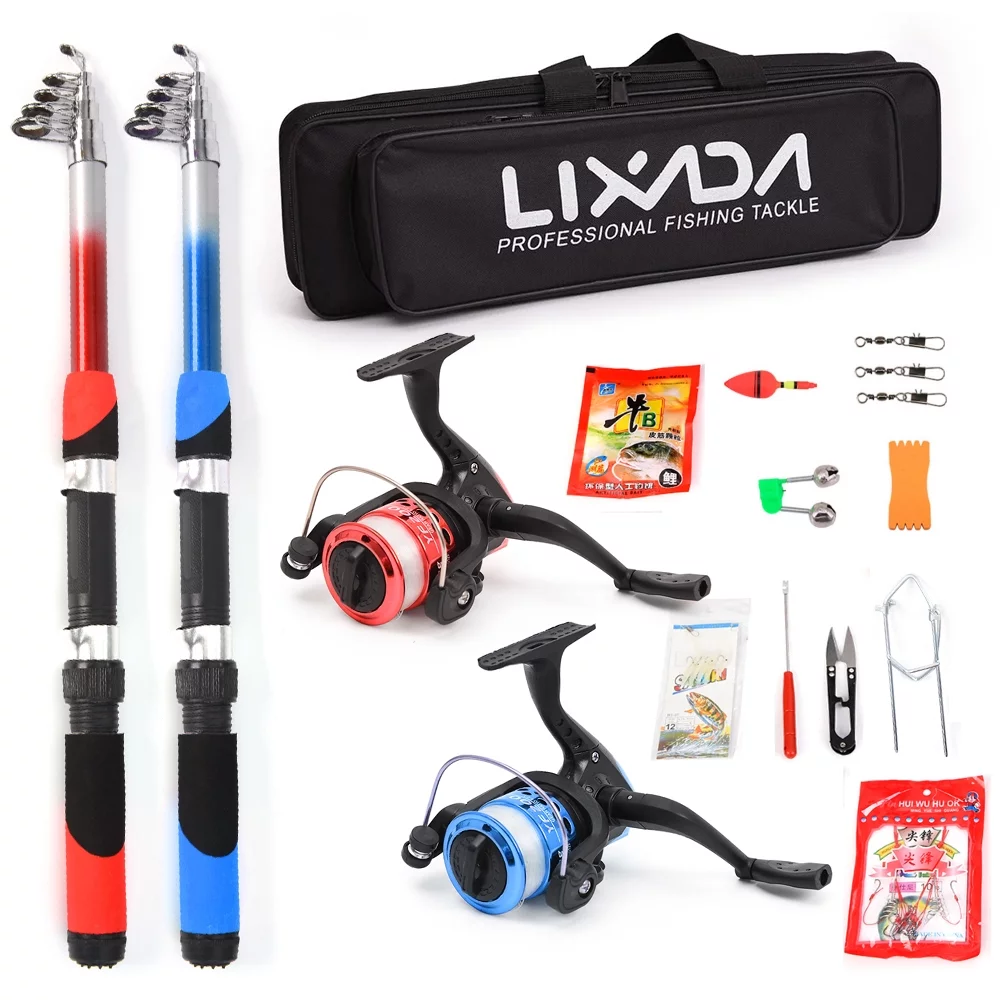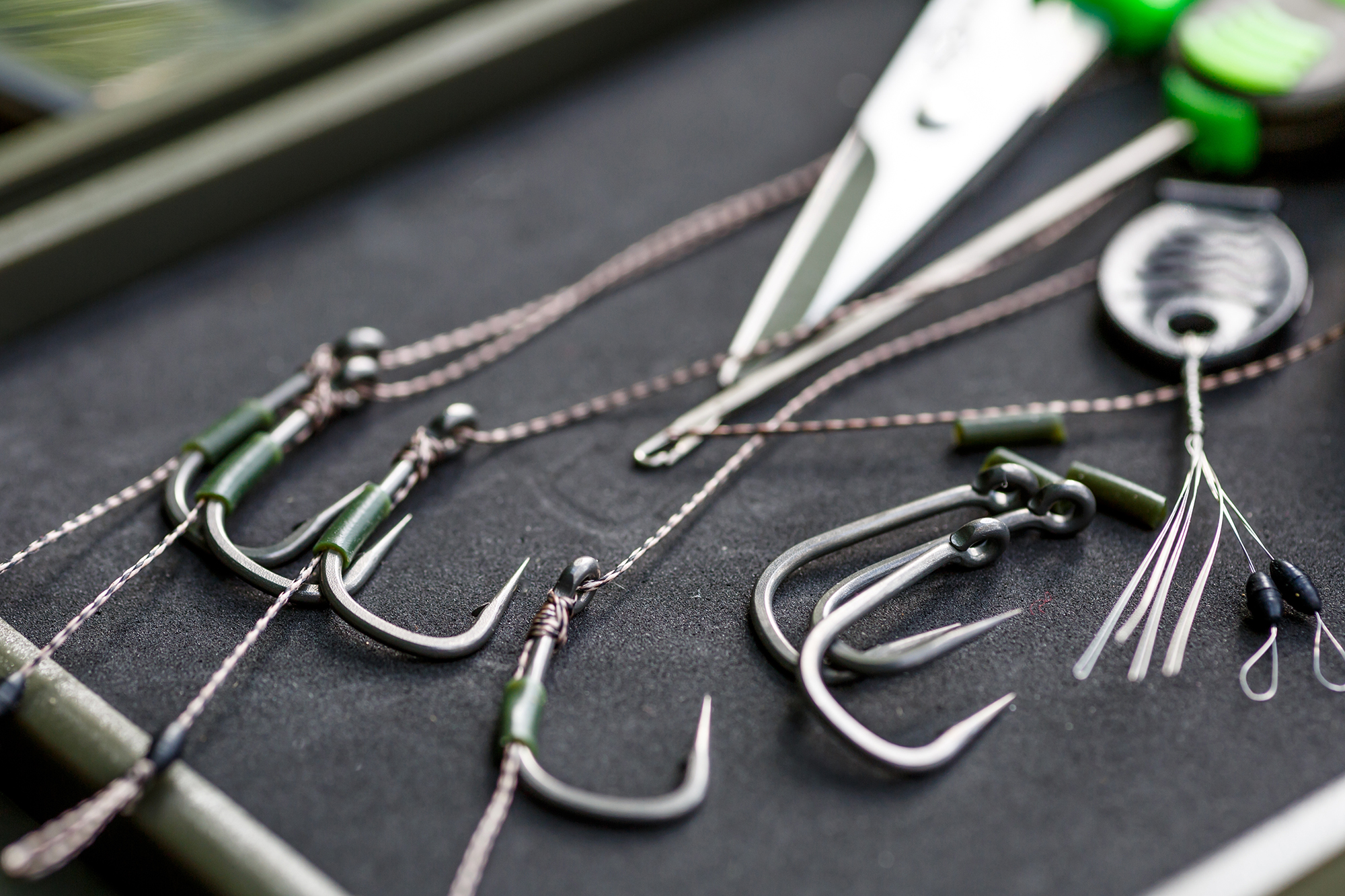
How to Choose the Right Hook Size

7 min read
You know what’s funny? I’ve watched grown anglers spend hours debating the perfect lure color, only to slap on whatever hook they grabbed first from their tackle box. It’s like picking the perfect paint for your house but forgetting about the foundation. Hook size isn’t just important—it’s everything.
Here’s the thing: the wrong hook can turn what should’ve been your best fishing story into another tale of “the one that got away.” But don’t worry. Once you understand the logic behind hook sizing, you’ll never second-guess yourself at the water’s edge again.
Why Hook Size Actually Matters More Than You Think
Let me paint you a picture. You’re targeting bluegill with a massive 2/0 hook—basically trying to feed a toddler with a serving spoon. The fish sees this giant piece of metal and thinks, “Yeah, no thanks.” Meanwhile, your buddy next to you is pulling in fish after fish with a size 8 hook that actually fits in the bluegill’s mouth.
The reverse scenario? Just as frustrating. You’ve got a tiny size 12 hook and a hungry bass decides to investigate your bait. That small hook either won’t penetrate properly, or worse, it’ll straighten out under the pressure. Honestly, I’ve seen hooks bend into question marks—which is pretty much what your success rate becomes too.
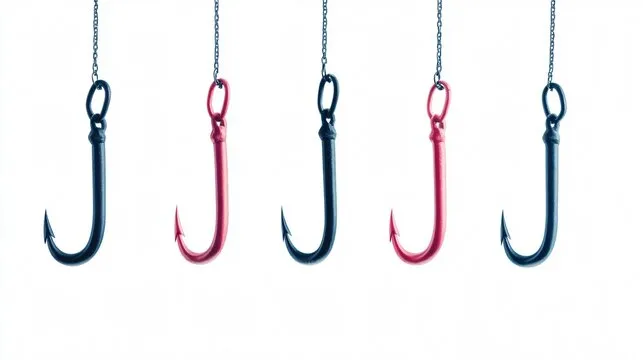
Decoding the Hook Size Mystery (It’s Backwards, Because Fishing)
If you’re new to this whole hook sizing thing, prepare for some backwards logic that only makes sense to fishermen. Small numbers mean big hooks, and big numbers mean small hooks. A size 2 hook is larger than a size 10. Then, just to keep things interesting, we add zeros and slashes—2/0 is bigger than 2, and 4/0 is bigger than 2/0.
Think of it like this: the regular numbers (2, 4, 6, 8, 10, 12) are for smaller fish. The higher the number, the smaller the hook. Once you hit the /0 sizes (1/0, 2/0, 3/0, etc.), you’re in big fish territory, and the numbers climb as the hooks get bigger.
Why this system exists? Probably the same reason we still use imperial measurements and tie complicated knots when simple ones work fine. Tradition, my friend.
Matching Your Target: The Fish-Hook Dating Game
Panfish and Small Species (Size 6-12)
Bluegill, crappie, perch—these guys have mouths like coin slots. They’re not going to unhinge their jaws like a snake to accommodate your oversized hardware. Size 8-10 hooks work beautifully for most panfish situations. Size 6 if you’re using bigger baits like full worms, and size 12 if you’re finessing with tiny jigs or single maggots.
I remember fishing a heavily pressured pond where everyone was throwing big baits with big hooks. Switched to a size 10 hook with half a nightcrawler, and suddenly I was the only one catching fish. Sometimes smaller really is better.
Bass and Medium Predators (Size 1-4/0)
Bass fishing gets interesting because these fish are aggressive but also surprisingly finicky. For finesse techniques—drop shots, shaky heads, wacky rigs—stick with size 1 to 1/0 hooks. They’re big enough to handle a decent bass but small enough that the fish won’t get spooked.
Moving up to 2/0 and 3/0, you’re in perfect territory for Texas rigs, Carolina rigs, and jigs. This is where most bass fishermen live, and for good reason. These sizes offer the best balance of hookup ratio and holding power.
Big Game Fish (4/0 and Up)
When you’re chasing pike, muskie, big catfish, or saltwater species, size 4/0 is just the starting point. These fish have mouths like trash cans and attitudes to match. A 6/0 or 8/0 hook isn’t overkill—it’s insurance.
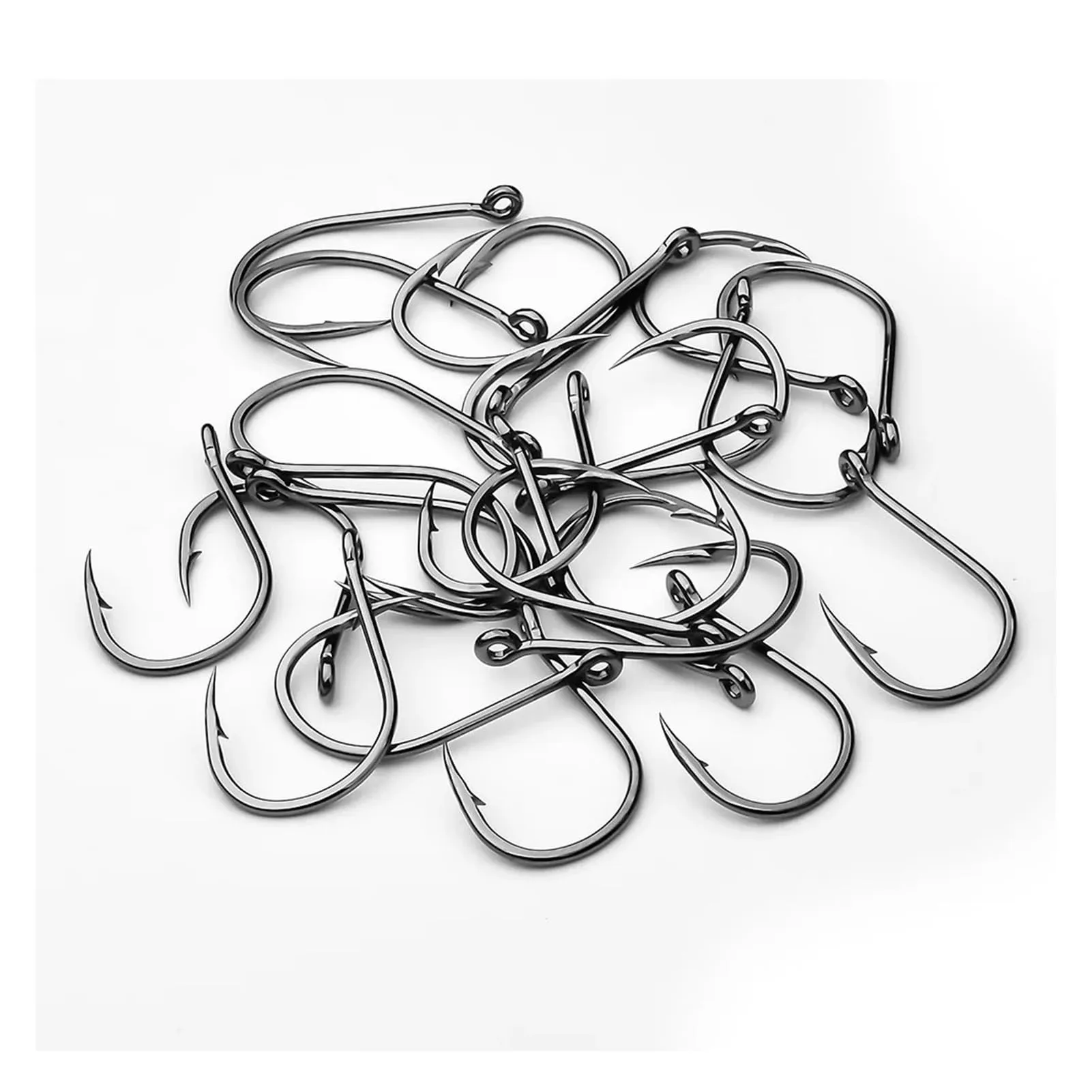
Bait Size: The Often-Forgotten Half of the Equation
Here’s where a lot of anglers mess up—they pick the hook size based on the fish but forget about the bait. Your hook needs to work with both.
Live bait fishing? The hook should complement the bait, not overpower it. A size 4 hook with a tiny piece of corn looks ridiculous. That corn needs something more like a size 8 or 10. On the flip side, trying to thread a whole shiner onto a size 12 hook is just asking for frustration.
Artificial baits have their own rules. Soft plastics need hooks that match their profile. A 4-inch worm on a 1/0 hook looks natural. The same worm on a 4/0 hook looks like it’s wearing oversized jewelry.
The Wire Game: When Thickness Trumps Size
Not all hooks of the same size are created equal. Wire thickness—or gauge—changes everything about how a hook performs. Light wire hooks penetrate easier but bend under pressure. Heavy wire hooks hold strong but need more force to set properly.
For finicky fish in clear water, light wire hooks often outperform their heavy-duty cousins. The fish can’t see them as easily, and they require less force to drive home. But if you’re fishing around structure or targeting fish known for their fighting ability, heavy wire hooks will save you from heartbreak.
I learned this lesson the hard way on a northern pike trip. Beautiful fish, perfect presentation, light wire hook. The pike’s initial run bent my hook into modern art. Sometimes you need the heavy artillery.
Technique-Specific Hook Selection
Drop Shot and Finesse Work
Size 1 to 2 hooks, light wire, with a wide gap. You want that bait to move naturally, and the hook needs to disappear into the presentation.
Texas and Carolina Rigs
Size 2/0 to 4/0, depending on your plastic size. Extra wide gap (EWG) hooks work best here because they give your soft plastic room to breathe while still providing solid hooksets.
Topwater Fishing
This is where treble hooks come into play, but single hooks work too. Size 2/0 to 4/0 single hooks for walking baits, or stick with the trebles that come on your lures (just make sure they’re sharp).
Live Bait Fishing
Match the hook to the bait first, then consider the fish. Circle hooks in appropriate sizes work great for most live bait situations because they hook fish in the corner of the mouth more often than straight shank hooks.
Water Conditions: The Underrated Factor
Clear water calls for smaller, less visible hooks. Fish can see everything in gin-clear lakes, and that includes your hardware. Murky water? You can get away with larger hooks because visibility is limited anyway.
Current also plays a role. Moving water requires hooks that can handle the added pressure from fighting both the fish and the flow. Size up when fishing rivers or anywhere with significant current.
Common Hook Size Mistakes (We’ve All Been There)
Going too big “just in case” - This is probably the most common mistake I see. Bigger isn’t always better, and you’ll miss more fish than you’ll catch with oversized hooks.
Ignoring the bait-to-hook ratio - Your hook should enhance your bait presentation, not dominate it.
Using saltwater hooks in freshwater - Unless you’re targeting big pike or muskie, those heavy saltwater hooks are overkill and often too visible for freshwater fish.
Forgetting about wire thickness - Two hooks of the same size can perform completely differently based on their wire gauge.
Building Your Hook Arsenal
You don’t need every hook size ever made, but having a good range will cover most situations. Here’s what I keep in my main tackle box:
- Size 8-12 for panfish and finesse work
- Size 2-4 for versatile freshwater fishing
- Size 1/0-3/0 for bass and medium predators
- Size 4/0-6/0 for big fish situations
Within each size range, I carry both light and heavy wire options, plus different styles (circle, octopus, EWG) depending on the techniques I use most.
The Final Word on Hook Selection
Choosing the right hook size isn’t rocket science, but it does require thinking beyond “big fish, big hook.” Consider your target species, your bait, your technique, and your fishing conditions. When in doubt, err slightly smaller rather than larger—you’ll be surprised how many fish you can land on hooks that seem too small.
Remember, the best hook is the one that gets your bait to the fish naturally and sets cleanly when they bite. Everything else is just details.
Now get out there and put this knowledge to work. Your tackle box—and your fishing success—will never be the same.
